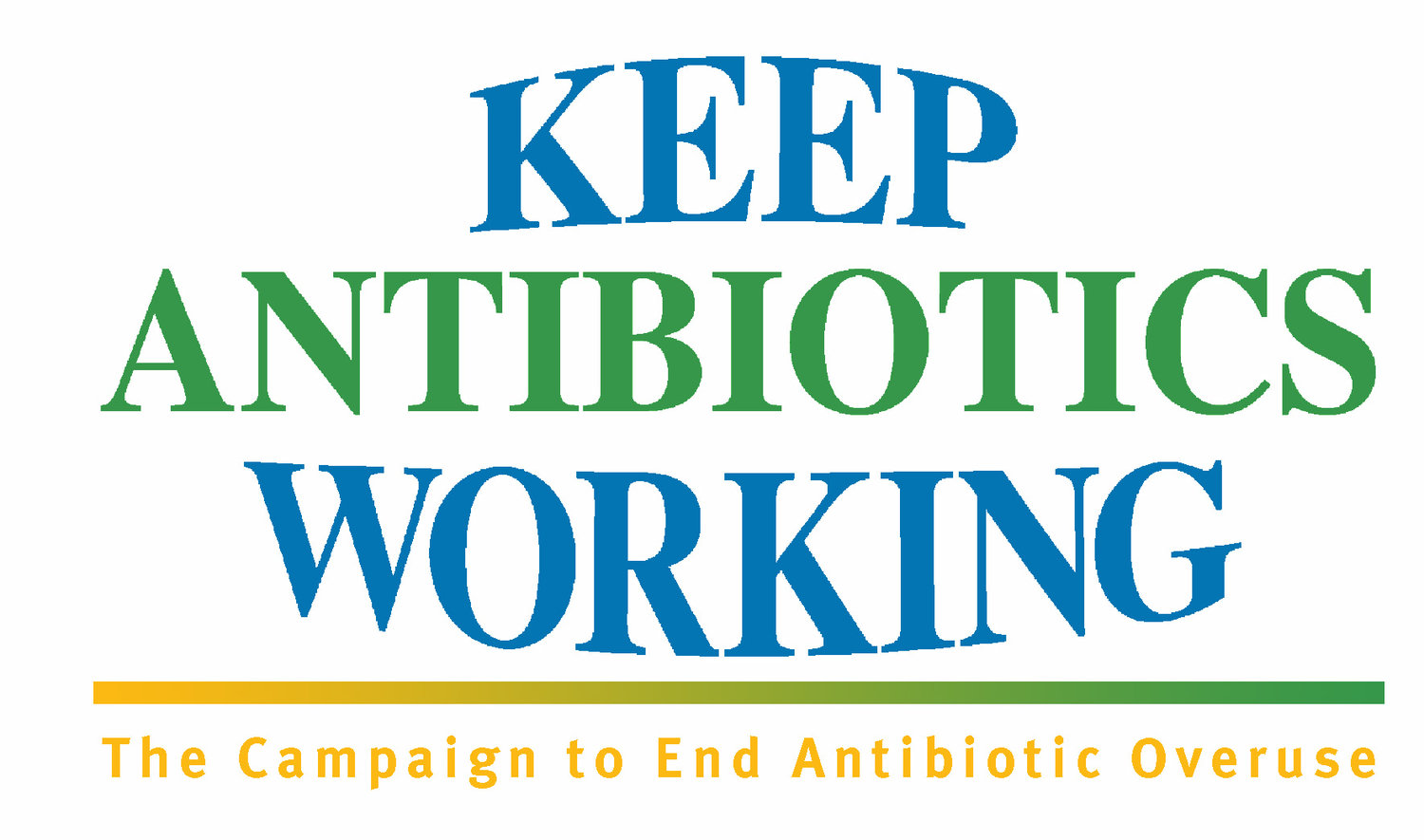Presidential Council Could Take a Cue from “Big Food” in Antibiotics Leadership
Sarah Sorscher, Center for Science in the Public Interest
Last week, the Presidential Advisory Council on Antibiotic Resistance met for the seventh time. Given the fate of other presidential councils in recent months, the mere fact that the council continues to meet and maintains a working website should be recognized as a minor victory.
Still, the meeting consisted mainly of updates on how various agencies have implemented prior commitments, with little discussion of new approaches to push for further progress in combatting antibiotic resistance.
Meanwhile the food industry continues to make major strides in antibiotics stewardship. As of last fall, nine out of the 25 largest fast food companies in the United States had adopted policies to phase out the routine use of antibiotics in some or all of their products.
Among those chains, Chipotle and Panera have long led the pack in antibiotic stewardship, but other mainstream companies are also taking important steps. Last summer, McDonald’s announced that 100 percent of the chicken served at its roughly 14,000 U.S. restaurants is now raised without antibiotics that are important in human medicine. These changes come in response to increased consumer demand for antibiotic-free food.
The major meat and poultry producers have also responded to consumer demand by pledging to change their own antibiotics usage practices. Industry giants Tyson and Perdue both have “no antibiotics ever” policies, meaning that chicken sold under those brands are raised entirely without antibiotics. (Flocks that require treatment with antibiotics for illness can be sold under a different brand label.)
Looking at these major strides by the food industry, the time may have arrived for the president’s advisors to discuss updating the National Action Plan, a White House roadmap intended to guide the nation in meeting the challenges of antibiotic resistance.
In particular, while some restaurants and producers are now addressing all routine uses of medically important antibiotics, the National Action Plan is limited to only phasing out the use of antibiotics to promote growth.
That means that antibiotics can still be used routinely, without time limits, in healthy animals to prevent disease. And because federal regulators do not closely track or measure how antibiotics are used on the farm, it is far from clear how the changes that have been implemented will affect on-farm use.
The Food and Drug Administration made moves towards addressing this problem last fall, when it sought public input on strategies to further limit the use of specific antibiotics that can currently be used for unlimited durations. But this piecemeal approach could drag on for years, particularly if the administration fails to make it a high priority.
This administration has made much of the innovations fostered by industry in general. The White House should also take cues from industry and consumers when it comes to antibiotic stewardship.

